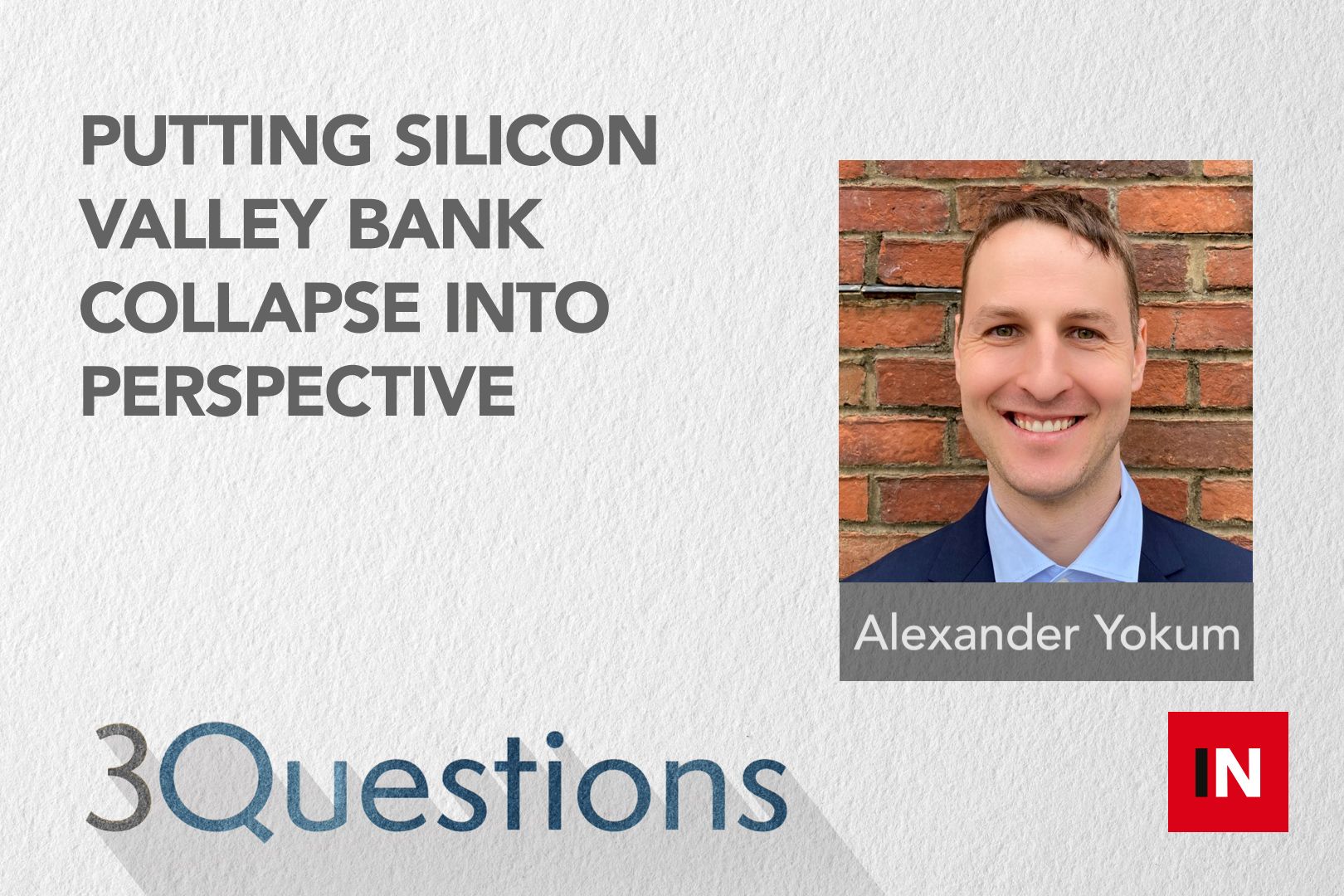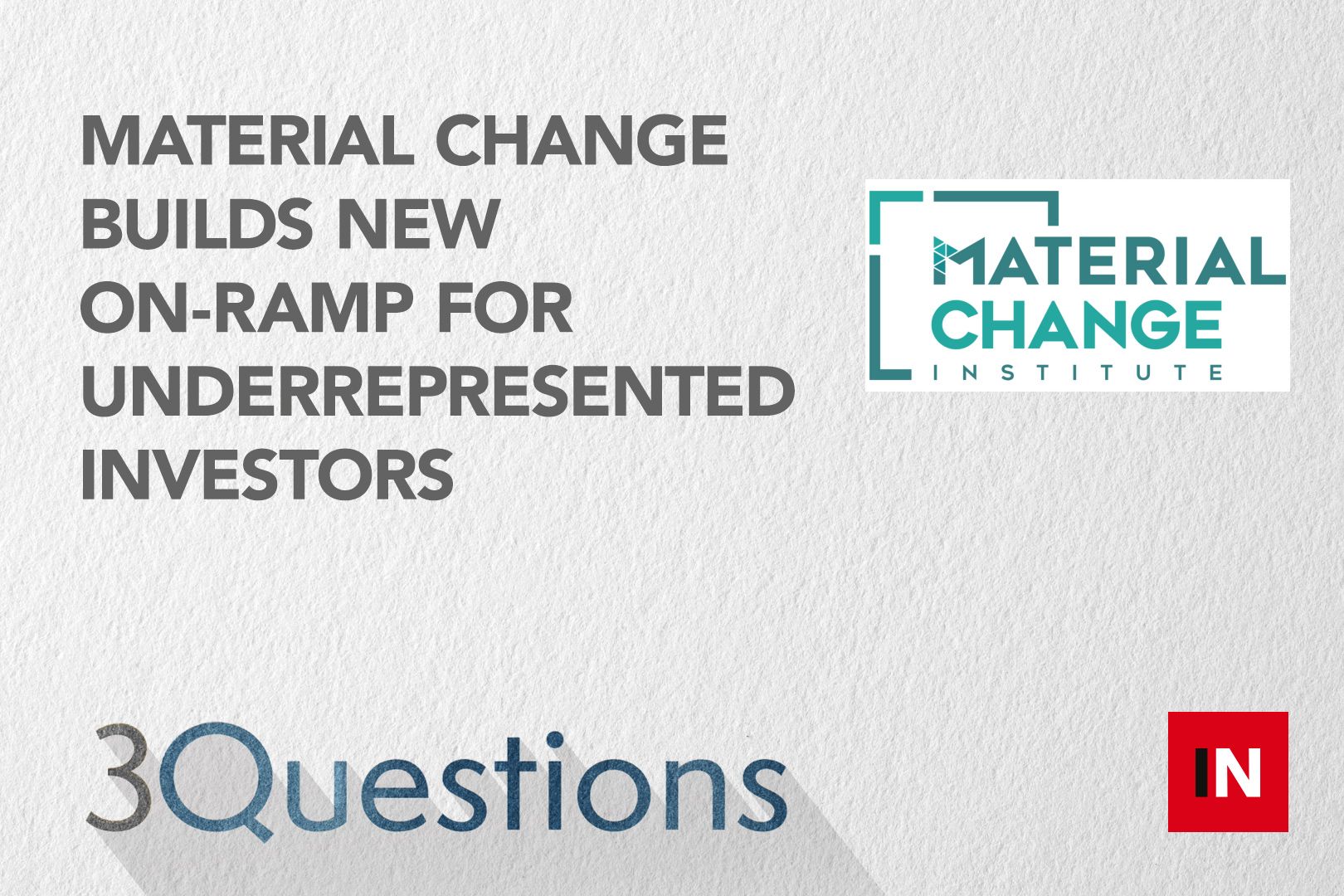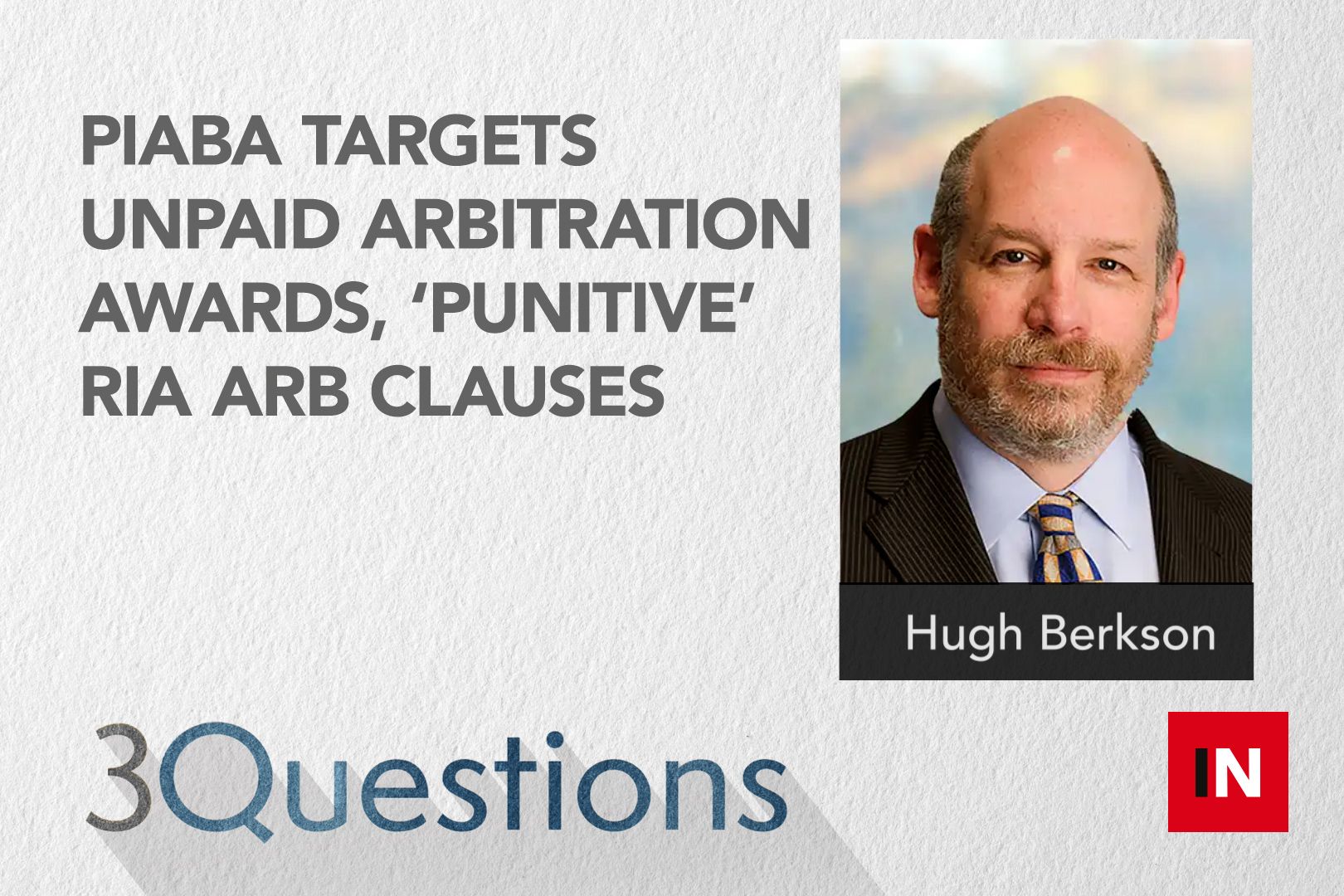Bridging the gap between stocks and bonds
Halo Investing is democratizing access to structured notes, which are bank obligations, by selling them in amounts as small as $1,000, says Halo President Jason Barsema.
Transcript:
Nicole Casperson [00:00:03] Hey, everyone, Nicole Casperson with InvestmentNews and welcome to Three Questions. Today, I’m sitting down with Jason Barsema, president and co-founder of Halo Investing, a new digital investment platform for structured notes slated to reach 11 billion dollars in volume this year. Jason is going to discuss the growth of structure notes and why advisors are diving into the protective investing trend. Thanks so much, Jason, for joining us.
Jason Barsema [00:00:31] Yeah, thank you very much, Nicole. And it’s great to be here. Structure notes, as I always say, is the biggest market no one’s ever heard of. It’s it’s a three trillion dollar market globally with over a trillion dollars of structured notes bought each year. And for the audience who might not be familiar with structured notes, structured notes are obligations of big banks. So they’re issued by big banks like Citigroup or Morgan Stanley. And they’re designed to give level investors a level of downside investment protection against market declines while still allowing them to participate in the upside of the market. So think of it as kind of like insurance or on your investment. So you have the comfort of a cushion on the downside in case the market pulls back. Structure notes can. It can also be a great way to provide yield within the portfolio, which is clearly on the top of a lot of advisors minds these days. When you look at Halo, we, as you mentioned, were to set a marketplace for structured notes where we connect issuers to financial advisors across five continents. And our platform isn’t just about connectivity, it’s really about the education. So people understand these products analytics, so they understand where they go and then point to click execution tools. So advisors for the first time can actually buy a structure note for as little as a thousand dollars, which is a big development in the market, because before Halo it cost you one to three million dollars to buy the product. Really democratizing structure notes for the first time.
Nicole Casperson [00:01:50] Yeah, that’s super interesting. Can you talk to us a little bit more about how Halo Investing works to bring this access to more advisors?
Jason Barsema [00:01:59] Yeah, so we’re a Web based platform. So Halo is a broker dealer, but we’re a financial technology company. So financial advisors, again, across five continents can just go right on to our website, HaloInvesting.com and click sign up. And we’re tied into every major custodian that you can think of. And once an advisor is on our platform, that’s where they can go. And like I said, understand what these products are, the benefits that they can provide within someone’s individual portfolio. And what’s also neat about Halo is that we have a full suite of A.I. driven tools. So really kind of generating the right trade at the right time at the right place. A lot of our partners call us kind of the Amazon of structured notes, if you will. And I think it’s a very interesting time in the market, not only because of our growth as we are one of the fastest growing companies in FinTech. But when you look at the investment landscape, as we all know, markets that are all time highs, bond and bond yields are at all time lows. All of us, and probably you, too, Nicole. Right. We’re looking for something in between within our portfolios. I don’t want to take all the risk of the upside. And I need to generate more yield a return than bonds are providing us. And that’s where structure notes can be a very elegant solution because they can bridge that risk gap between stocks and bonds.
Nicole Casperson [00:03:09] Yeah, and I think you’re perfectly alluding to my next question, which is the demand. Right. Why is there growing interest for structured notes among advisors and why is protective investing trending? Will you elaborate on on some of those reasons a little bit more?
Jason Barsema [00:03:27] Yeah, I think there’s some short term plays and some long term plays. And the short term plays are, like I pointed out, where the markets right now are very, very challenging. Putting fresh cash to work at valuations where they’re not in the equity markets is is very nervy. As I say, we all kind of hold our breath as we go to buy the S&P. Five hundred at these levels and structure notes can be a great way to still get that upside of the S&P. If you wanted to deploy more cash into the equity markets but have that comfort of the cushion on the downside. So in case the market pulls back, you’re not losing your money, right? Advisors again are also looking for more ways to generate yield in the portfolio, which again, structured notes can can provide longer term. However, I think there’s some fundamental things that are happening in the market, which is why advisors are so attracted to this product. Number one, the country is getting older. Right? And so as we all get older, we need to generate yield. We can’t afford to lose our money. And we usually have a specific investment return that we want to target within our portfolio, say five to seven percent at least of what I see for most advisors. And where ETFs are and where mutual funds are in a lot of the other tools available out there, they really only give us access to the full upside of the market and the full downside of the market. And so I think advisors are looking for more innovative tools to be able to solve those three problems of protection yield and still hitting their customers return targets and structured notes can be a very elegant way to do that. Part of Halo again, there are only four ultra high net worth individuals. So what our technology has done is we’ve democratized this. So all investors, including you and me for a thousand bucks, can now buy this product for the very first time and then really the third point I’d say about the demographics is it’s a great differentiator for four advisors as well. As you’re seeing this kind of exodus of private banking teams leaving the Morgan Stanley’s and the Goldman Sachs and going independent to the Schwab’s and the Fidelities. They’re used to using structured notes, so they want those tools in the portfolio. But for all the other independent advisors out there, they’re looking for tools to differentiate their business and ultimately add value to their clients. And and that’s where structured notes can really check the box on that.
Nicole Casperson [00:05:33] Yeah, that’s fantastic. Really hitting on all of the major trends that FinTech is able to disrupt in a good way for the for the industry. So now talk to us about how advisors can learn about by and manage structured notes.
Jason Barsema [00:05:48] Yeah, and this is one of the innovations that Halo’s developed to the market. If you wanted to buy a structure note before Halo is like working with a travel agent before Orbitz, you’d have to call your private banker who then call it desk would then call all the banks. And that process would take hours just to get a quote, which is really flabbergasting to me. And and if you’d like to buy that product, it usually take two days and again cost you one to three million dollars. But our technology has done again, kind of like an Amazon of structured notes as we brought both parties together. So I used to take hours to get a quote. Now is literally instant. What used to take days to execute? Now literally takes a couple of minutes. And what used to cost three million dollars, as I said, now cost a thousand dollars. But it’s not just about the the execution time and the efficiencies there. We have a big focus on creating a positive impact in the world. In my humble opinion, Nicole, the largest epidemic that we face as a society, is the state of people’s savings and retirement. And that’s the whole genesis of why we created Halo not to disrupt a three trillion dollar market. It was to solve a really big problem that I thought needed to be solved. And that’s where structure notes can really solve that risk gap and that wealth gap in this country. So our platform focuses a lot on that education. So people have transparent education, they have interactive education and really can understand these products and not just for the financial advisors. As you know, speaking of financial
advisors, every day, you need to be able to have the tools to be able to educate your clients, too. And that’s what we’ve taken a big focus, along with research and content that advisors can actually deliver down to their own client, like you or me. So we actually understand as we deserve to know what’s going in our investment portfolios. And again, that’s novel for the industry. Part of us is saying, hey, Nicole, here’s an 80 page term sheet and good luck. That doesn’t fly anymore in our generation. I need some more transparency.
Nicole Casperson [00:07:36] Fantastic. Such an amazing platform. Really appreciate you combining social good with a fintech proving that you can also generate revenue when you are mission driven and focused on democratizing access to all types of investments for more individuals. So thank you. And there you have it. That is a wrap for this episode of Three Questions. Thanks again to Jason for joining us and to our viewers. We’ll see you next time.



